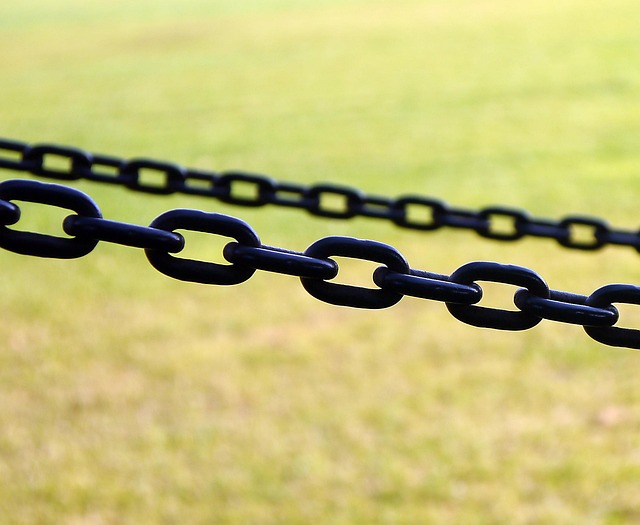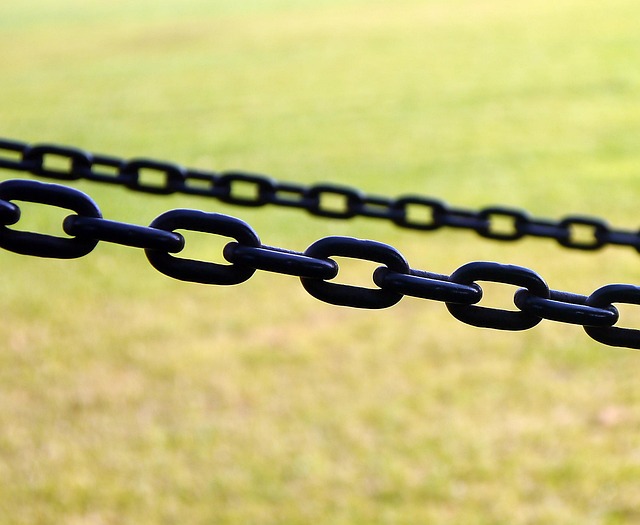Using smart internal links improves user experience and SEO by providing contextual relevance, guiding users through relevant content, and helping search engines understand site hierarchy. Strategically identify related content, create natural information flow, optimize anchor text, and regularly review links for better distribution of page authority and higher rankings. Leverage analytics to inform data-driven decisions and ensure your internal linking strategy grows with your website, maintaining high performance in the digital landscape.
Discover the power of smart internal linking to enhance your website’s performance. This comprehensive guide unveils effective tools and methods for optimizing your site structure. Learn how strategic content identification, efficient implementation, and user-centric design can boost SEO rankings. Understand the importance of analytics in tracking success and refining your strategy. Uncover the steps to create a dynamic internal linking tapestry that drives engagement and improves user experience. Embrace these techniques to harness the full potential of smart internal links.
- Understanding Smart Internal Links
- Identify Relevant Content Strategically
- Implement Linking Structure Efficiently
- Optimize for User Experience and SEO
- Analyze Performance with Analytics Tools
- Refine and Update Your Internal Linking Strategy
Understanding Smart Internal Links

Smart internal links are a strategic approach to linking within your website, designed to enhance user experience and boost search engine optimisation (SEO). Unlike traditional internal links that simply direct users to another page, smart links go one step further by providing contextual relevance and additional value. By understanding how to use these links effectively, you can create a seamless user journey while improving your site’s visibility in search results.
A smart internal link tutorial might focus on techniques such as linking to related content, using anchor text that reflects the target page’s content, and ensuring links are placed within relevant context. This strategy not only helps users navigate your site efficiently but also allows search engines to understand the hierarchy and theme of your pages, leading to better indexing and higher rankings in smart internal links SEO.
Identify Relevant Content Strategically

To harness the full potential of smart internal links, the first step is to identify relevant content strategically. This involves a careful analysis of your website’s existing and planned content to determine which pages should be interconnected. Focus on creating a natural flow of information where related content is linked together, enhancing user experience and boosting SEO efforts. A strategic approach ensures that each internal link has a clear purpose and contributes to the overall organization of your site’s content.
This process requires an understanding of your target audience and their information needs. By aligning your internal linking strategy with these requirements, you can guide users through your site effectively. Moreover, smart internal links optimization facilitates better distribution of page authority, which is key for SEO success. So, when implementing how to use smart internal links, remember that strategic relevance is the cornerstone of a robust and effective content connection strategy.
Implement Linking Structure Efficiently

Implementing a robust linking structure is key to enhancing user experience and optimizing your site for search engines. To effectively use smart internal links, start by understanding your audience’s navigation needs. Organize your content in a hierarchical manner, ensuring each page has clear and relevant connections to others. This strategic approach not only improves crawlability but also allows users to discover related content effortlessly.
When crafting your smart internal links strategy, focus on creating anchor text that is descriptive and keyword-rich. Incorporate targeted keywords that reflect the content of the linked page, helping search engines understand the context and relevance. Regularly review and update your internal link profile to ensure optimal SEO. Smart internal links optimization ensures your site’s architecture supports both user satisfaction and efficient indexing by search engine crawlers.
Optimize for User Experience and SEO

Creating a seamless user experience while optimizing for search engines is paramount when implementing a smart internal linking strategy. By using smart internal links, you can guide users naturally through your content and help search engines understand the hierarchy and relevance of your pages. This involves thoughtful link placement, ensuring anchor text that accurately reflects the linked page’s content, and maintaining a logical flow that enhances navigation.
Focusing on smart internal links optimization means going beyond simple keyword stuffing. Instead, create a structure that encourages users to explore related content, while also signaling to search engines which pages are most valuable and interconnected. This dual approach—prioritizing user experience and smart internal links SEO—can significantly improve your site’s visibility and performance in search results.
Analyze Performance with Analytics Tools

To maximize the impact of your internal linking strategy, it’s crucial to understand how users interact with your site using smart internal links optimization tools. These analytics tools provide insights into which links are driving traffic and engagement, allowing you to make data-driven decisions for smart internal links tips. By analyzing click-through rates, time on page, and bounce rates, you can identify high-performing content and areas that need improvement.
Utilizing these analytics will help you create a more effective smart internal links tutorial. For instance, you might discover that certain pages with high engagement rates should be interconnected to foster further exploration. Conversely, pages with low interaction could benefit from strategic linking to relevant, popular content, thereby enhancing user experience and boosting search engine optimization (SEO).
Refine and Update Your Internal Linking Strategy

As your website evolves, so should your internal linking strategy. Regularly refining and updating your approach is essential to keeping your site organized and improving user experience, which has a direct impact on smart internal links tips. Analyze existing links to identify broken or outdated ones; these are common issues that can negatively affect the smart internal links SEO of your pages. Update or remove these links and replace them with relevant, contextually appropriate alternatives. This process ensures your site remains a valuable resource for users and search engines alike.
Implementing a smart internal links strategy involves more than just fixing broken links. It’s about strategically placing links that enhance the flow of information and authority across your pages. Consider using anchor text that is descriptive and relevant to the linked page, as this not only benefits users but also signals to search engines the relationship between pages, boosting your smart internal links SEO efforts. Regularly reviewing and optimizing your internal linking structure will ensure your website remains a high-performing asset in today’s digital landscape.
